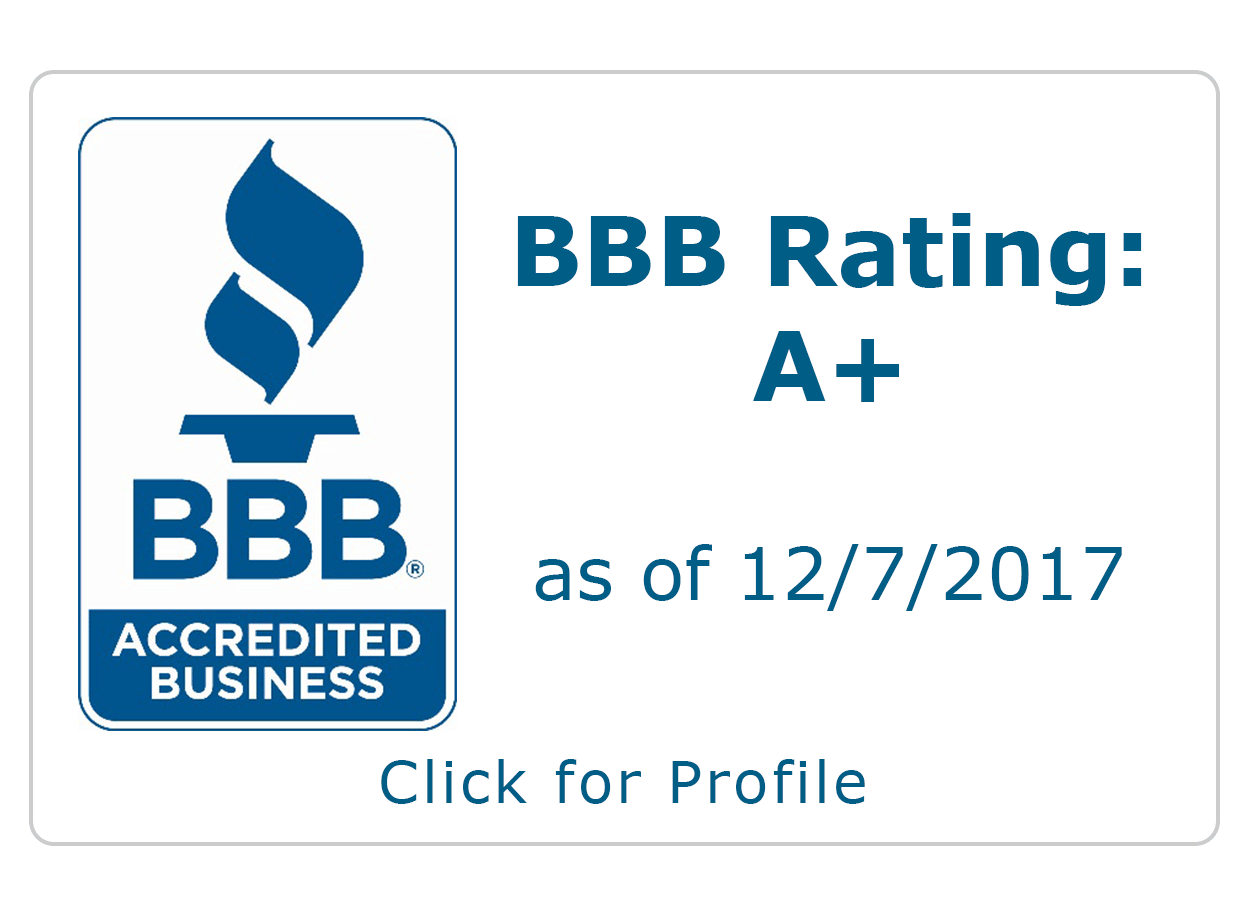Moving can be a challenging experience, but when you add pets to the mix, it introduces an extra layer of complexity. For many Texas pet owners, their pets are family, and a smooth transition for them is just as important as the move itself. This article will walk you through some helpful tips for moving with pets, guaranteeing a smooth and enjoyable experience for both you and your beloved pets.
Researching Pet-Friendly Areas in Texas
When planning your move, consider the new environment for your pet. Look for pet-friendly neighborhoods in Texas with parks and walking spaces. Research online forums and community groups to find the best areas for pets and check for nearby veterinary clinics and pet stores. If possible, visit potential neighborhoods with your pet to gauge how pet-friendly they are. Observe other pet owners to understand the community’s attitude towards pets. Be aware of local rules and regulations, as some areas may have leash laws or breed restrictions to avoid legal issues later on.
Packing for Pets
Pets, like humans, need essentials during a move. Start by packing a dedicated bag with food, water, bowls, toys, and bedding. Don’t forget medications or any specific items they might need right away. Invest in a sturdy, well-ventilated pet carrier to ensure their safety and provide a familiar space in new surroundings. Additionally, prepare an emergency kit with first-aid supplies, extra food, and copies of important documents like vaccination records. Keeping these items easily accessible can help reduce stress for both you and your pets during the transition. Plan ahead to ensure a smooth moving experience for everyone.
Preparing Pets for the Move
Prepare your pets for your move by introducing them to moving boxes, allowing them to sniff and get used to the new surroundings. Maintain a consistent routine for feeding and walking to provide comfort amidst the packing chaos. Consider using calming aids like pheromone diffusers or anxiety wraps to help keep them relaxed. If possible, take your pets on short car trips to acclimate them to being in a vehicle for longer durations. Gradually increase the time spent in the car to build their tolerance and reduce anxiety during the actual move.
Keeping Pets Out of the Way During the Move
Focus on your pet’s safety during the moving day by finding a quiet, secure room away from the hustle and bustle. Place their favorite toys, bed, and some treats in the room to make it comfortable and reassuring. You can also use a sign on the door to let movers and family members know that the room is off-limits. If your pet tends to get anxious or curious, consider having a trusted friend or family member take care of them for the day. Additionally, crate training can be beneficial, as it provides a familiar, safe haven for your pet.
Health and Safety Considerations
Before moving, it’s important to update your pet’s identification tags and microchip information with your new address. This way, if they get lost during the move, they can be returned to you safely.
Schedule a vet visit before your move. Discuss any concerns you have and make sure your pet is up-to-date with vaccinations. Your vet can also provide you with a health certificate if needed for travel.
Be mindful of the weather during your move. Texas can get extremely hot, so take steps to make sure your pets stay cool and hydrated. Avoid leaving them in a parked car and provide plenty of water breaks if traveling over long distances.
Pet-Friendly Transport Options
Transporting your pets can be done in a few ways. Driving is often the most cost-effective option, letting you keep an eye on them during the journey. If that’s not possible, consider hiring professional pet movers. Research reliable services in Texas that are certified and experienced with pets. Make sure they offer temperature-controlled transport and regular check-ins. Regardless of whether you drive or hire professionals, always prioritize your pet’s comfort and safety. Secure them in their carrier and avoid feeding them just before the trip to minimize the risk of motion sickness. Your pet’s well-being should always come first!
Settling In
Once you arrive at your new home, help your pets settle in by creating a dedicated space with their bed, toys, and familiar scents, serving as their safe haven. Gradually introduce them to different areas of the house while monitoring their behavior and providing reassurance. Maintaining consistent feeding and walking routines will help them feel more comfortable. Remember to be patient, as moving can be stressful for pets too. Allow them time to adjust and offer plenty of affection and encouragement throughout the transition to ease their anxiety and help them feel secure in their new environment.
Engage in Interactive Play
Keep your pets engaged and active by scheduling regular play sessions. Interactive play can help reduce their stress levels and provide mental stimulation. This also strengthens your bond and makes the transition feel less overwhelming for your furry friend.
Look into Pet Services
Most cities provide various services for your pet, including veterinary clinics, grooming salons, and pet stores. Building a relationship with a local vet is a big part of your pet’s health. Explore local stores for high-quality food and organic products. Regular grooming is also important for your pet, so find experienced groomers familiar with your pet’s breed and needs as soon as you can.
Learn About Local Pet Etiquette
Being a responsible pet owner in your new home involves understanding local pet etiquette. Always clean up after your pet and make sure they are well-behaved in public spaces. Familiarize yourself with leash laws and breed restrictions, as following these rules enhances safety and enjoyment for everyone. Additionally, engage with local pet communities by taking part in pet-friendly events or clubs. This not only helps your pet socialize but also allows you to integrate into the community, making it a more enjoyable experience for all involved.
Creating a Pet Emergency Plan
Develop a pet emergency plan to effectively manage unexpected situations. This plan should include important contacts, such as your veterinarian or a nearby pet boarding facility, as well as a list of necessary supplies.
It’s wise to have a backup plan, such as a trusted friend or family member who can care for your pet if you’re unable to do so. Regularly update your emergency plan and supplies; being proactive can help alleviate stress and support your pet’s safety in any circumstance.
Moving with pets in Fort Worth, Dallas, Houston, and Austin, Texas doesn’t have to be a daunting experience. With thoughtful planning and consideration, you can create a smooth and stress-free transition for both you and your furry companions. Remember, at Firefighting’s Finest Moving & Storage, we are committed to making your move as seamless as possible. Contact us today for a full estimate for your relocation. We’re here to simplify the moving process for you and your pets!







